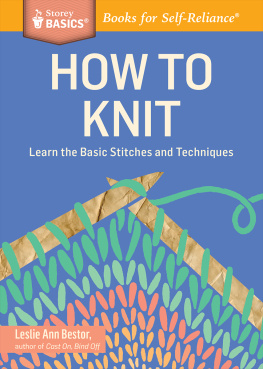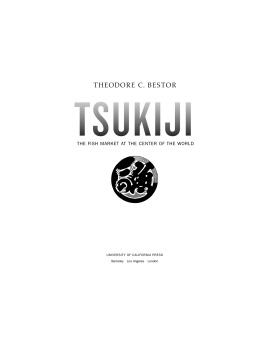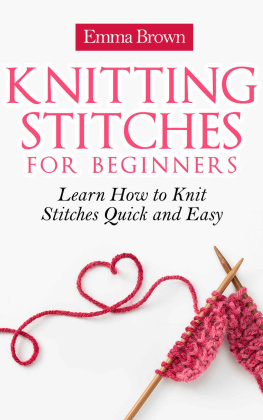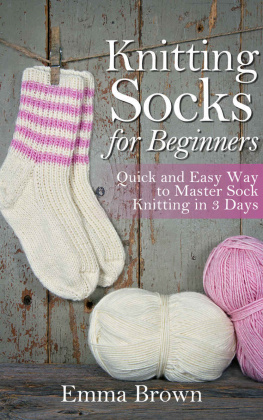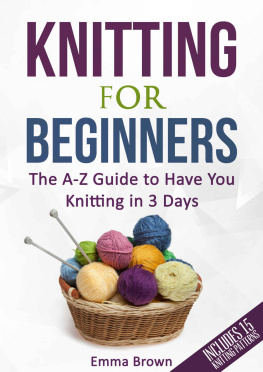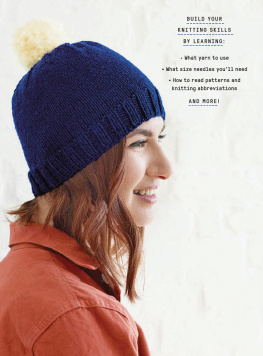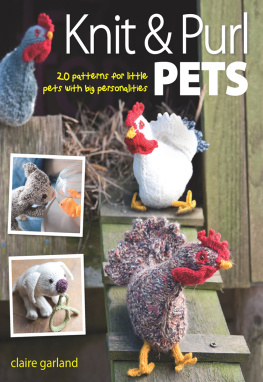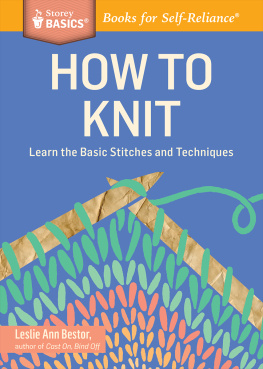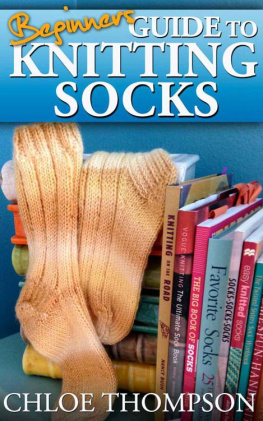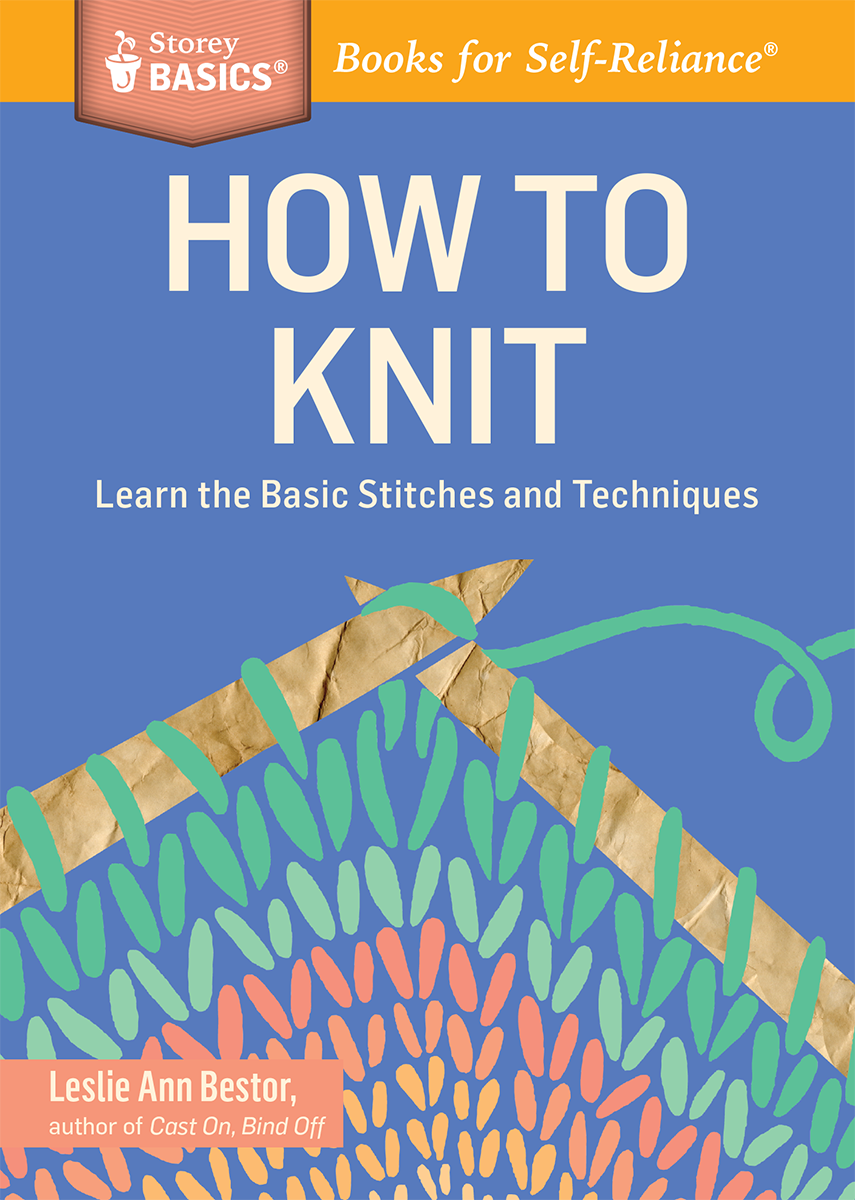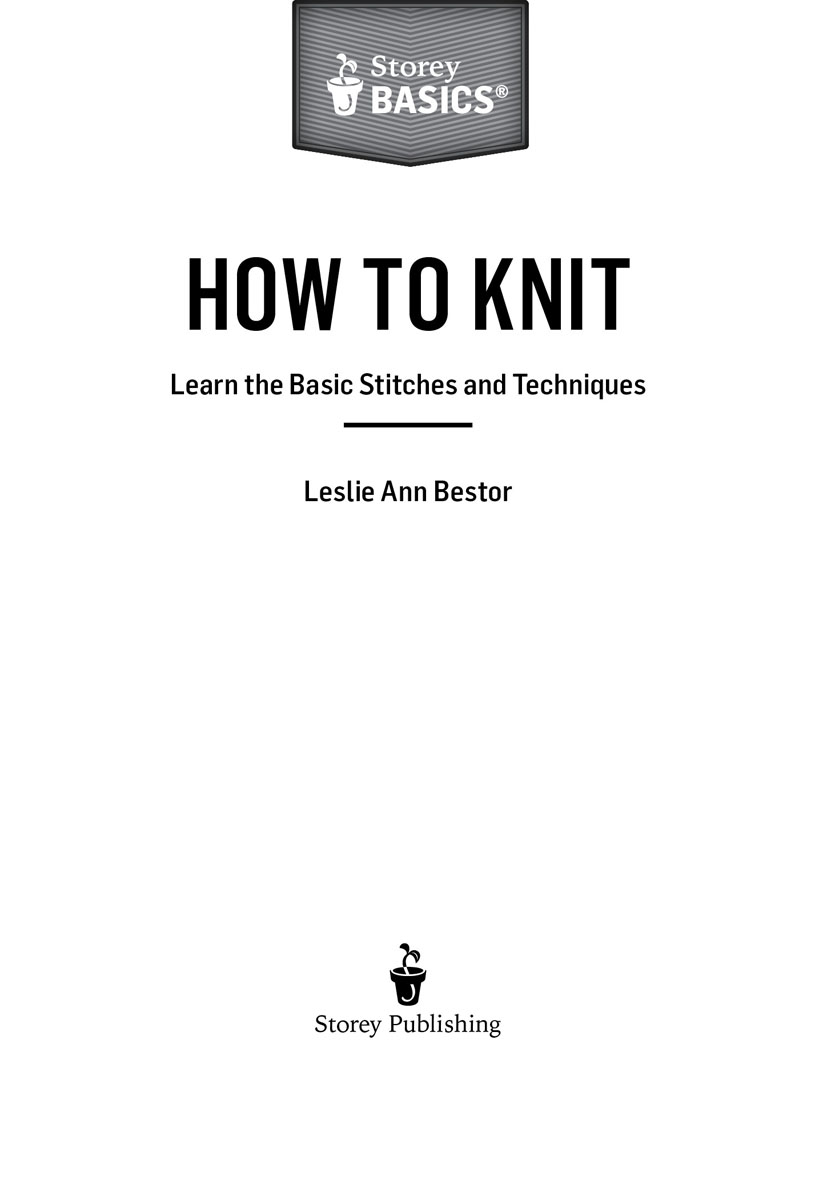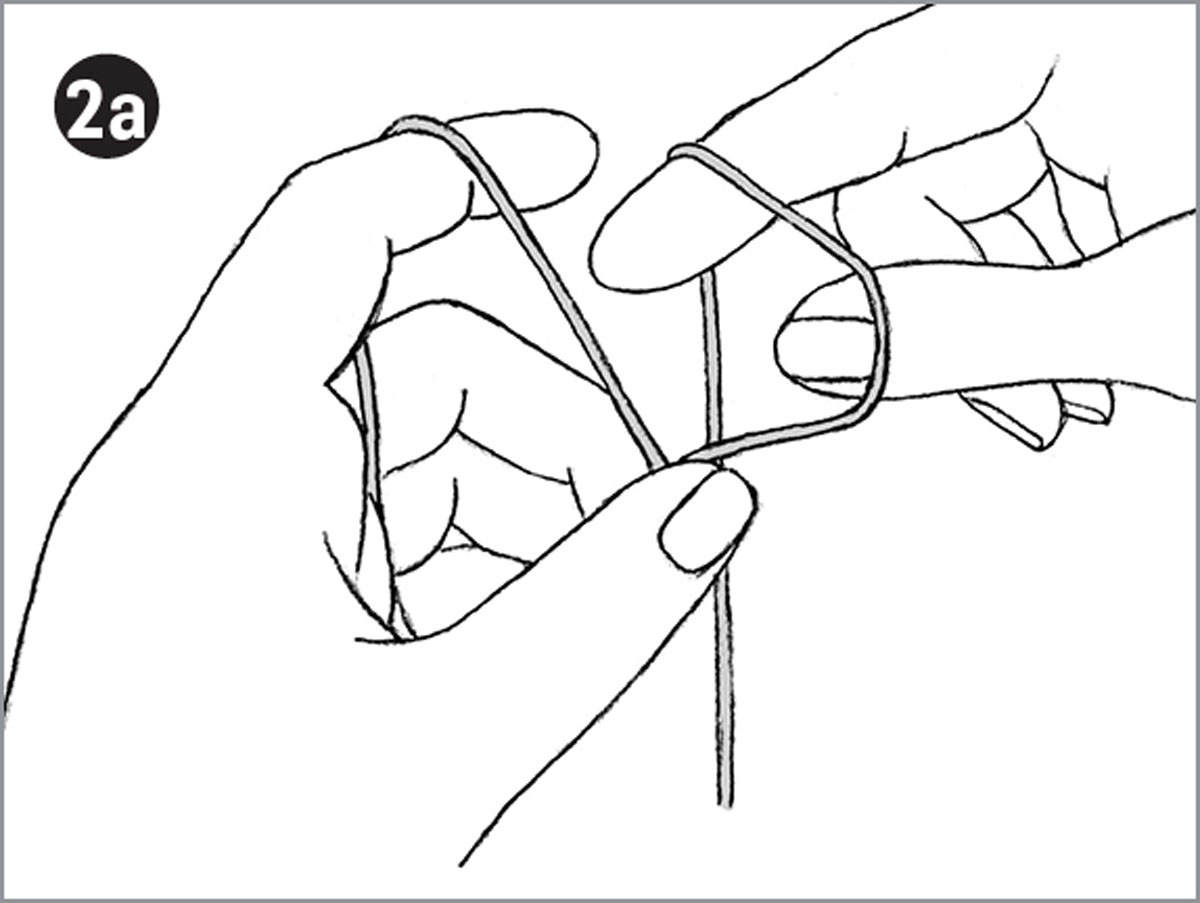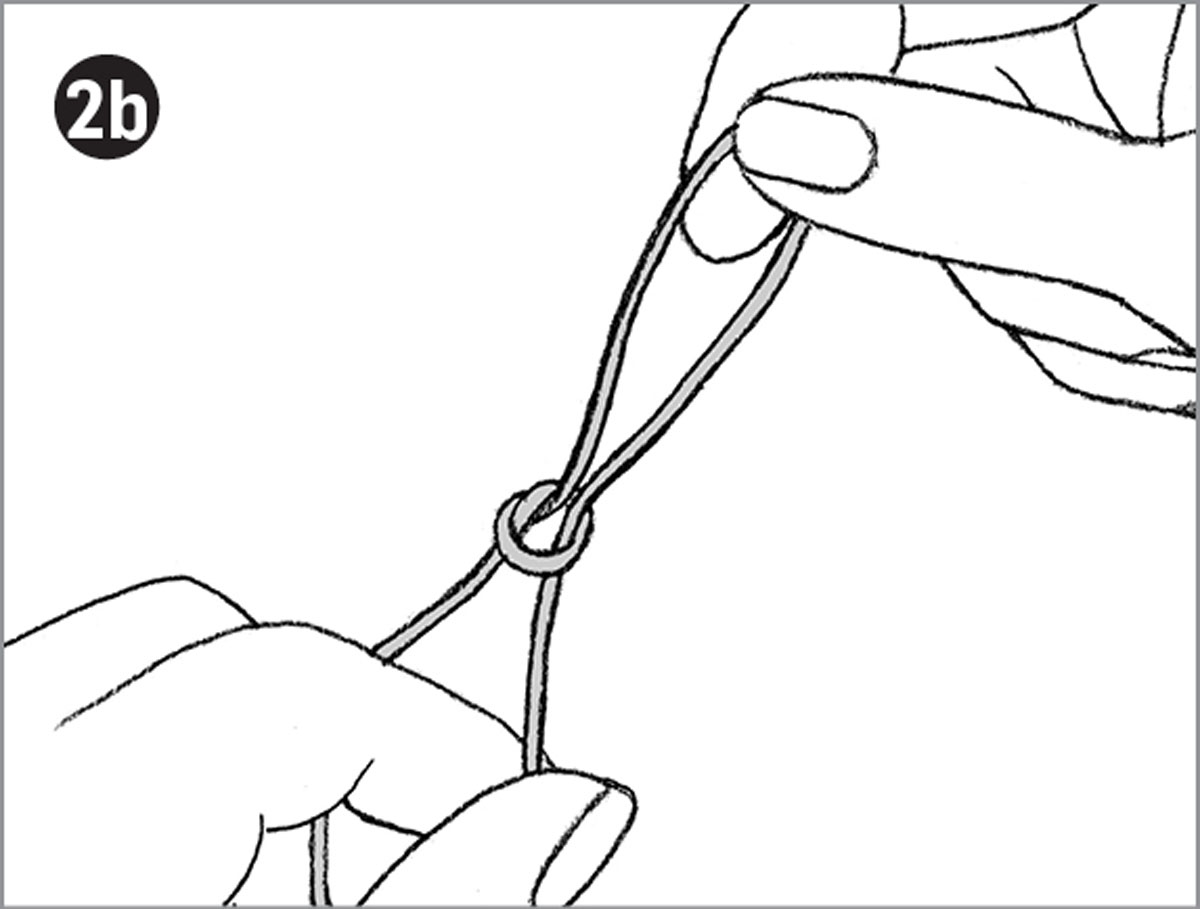Contents
Introduction
An Invitation to Knit
The daughter of a reference librarian and a professor, I grew up with a love of books and learning. As an adult, when I decided to take my meager, self-taught knitting skills to a new level and become a professional knitter, my mother, though horrified at the prospect of my ruined rsum, promptly went down to her local yarn store and asked the owner to recommend books.
She sent me a stack, and I pretended I was in fiber college and studied and practiced and knit. Fast-forward 30 years, and I am now working in that same yarn store, spending my days as a yarn therapist, counseling both new and experienced knitters on techniques, patterns, and yarns. I am a teacher at heart and take great satisfaction in seeing people get it.
A lot of people come into the yarn store and ask for books for beginning knitters. There are many fine ones out there, but the few that I really like and recommend are the ones that make me feel like Im chatting with a friend. Such books are casual, inviting, and full of useful information that is easy to understand. When my editor first asked me to write this book, I had to really think about why we needed another learn-to-knit book. If youre a new knitter, heres what I hope this book will provide.
Accessibility. I want this book to make readers feel welcomed, like youre sitting down with a good friend who is also an expert teacher. I want to provide both encouragement and humor.
Simplicity. When learning something new, its easy to get overwhelmed by the details, and many books try to include everything one would ever need to know about knitting. Its like being handed a college textbook when you really just want a few basic instructions to see if you even like knitting. However, writing a useful beginners book is not a matter of dumbing things down; rather, it involves stripping down the information to the basic techniques. That is what I try to do in this book, because I know you can start knitting right now with a few simple instructions, even if you dont yet know the intricacies of yarn plies and sheep breeds.
So I invite you to sit with me and learn to knit. This book will give you the basics, toss in a little more useful information at the end, and start you down this lovely path. Follow it where you will, and enjoy the journey.
If youre like me, you just want to get going, hop right in, and get the yarn on the needles. Thats why this book is arranged a little differently from many learn-to-knit books, and my suggestions may sound a bit radical. The great part is that this is only a book, there are no knitting police, and you can jump around as you want. And I encourage you to do so! The truth is, we all learn in different ways, and with something as kinesthetic as knitting, it will help if you let go and experiment with various ways to hold your hands and hold the yarn until you find what works for you.
The other thing I strongly suggest is to let go of the expectation many adults have that they will master a new skill effortlessly and perfectly the first time. Take your cues from children, who do not expect to get it right the first time, but keep trying until they do. Knitting can be blissful and relaxing, meditative and creative. But the first time you try to manipulate two sticks and an unruly piece of string probably not so much.
The important thing is to persevere and think of all the beautiful creations you want to make. You will get there, and it will be glorious. The first items off your needles will probably not be the perfect gift for anyone except your mother, but before long, you will be proud to gift your handknits to the world at large (not to mention adorning your body with their splendor).
Shortcut to Getting Started
I consider myself lucky if you have read this far, rather than jumping right to the first instructions, and I will try to cut to the chase. There are chapters about needles and fibers (mind you, they are full of really good information that you will appreciate and refer back to one day), but I put them at the back, knowing you just want to get going now. The important information from those chapters covers the supplies you need to start knitting:
- A ball of good-quality worsted-weight wool in a light color (until you are comfortable with your knitting, no multicolors, lumpy-bumpies, or fuzzy yarn)
- A pair of 9" or 10" wood or bamboo straight needles in U.S. size 8 or 9 (5 or 5.5 mm)
The next step may sound a little crazy get someone to cast on for you and jump straight to the knitting part! Seriously! Casting on requires more coordination than just knitting, and getting stuck there can lead many to abandon knitting before they even get to the first stitch. So if youve got a friend who knits, have him or her cast on 20 stitches and knit the first row, then hand the needles to you so that you can jump right into chapter 2 with the knit and purl stitches. After youre comfortable wrangling needles and yarn, go back to learn one of the cast ons to begin your next piece. If you have no such ally, start with one of the cast ons in chapter 1 and then move on to chapter 2 to begin your stitching adventures. Off we go, and good luck!
A Note for Left-Handers
Knitting is a two-handed skill, and neither hand dominates the proceedings. Because of that, the basic way to knit works well for either left- or right-handed knitters. Although it is possible to knit left-handed by mirroring the motions of right-handed knitters, doing so usually creates problems, because many techniques do not translate as mirror images. In knitting, both hands work together; it is not like being forced to use right-handed scissors. And trust me on this: knitting feels awkward for all beginners, regardless of their handedness.
Chapter 1
When Youre Ready to Cast On
To begin to knit, you need to first put stitches on your needles. This is called casting on, and there are dozens of ways to do it, some that are specific to certain situations, such as making socks or lace items, and some that are more general. I am going to show you a couple of all-purpose cast ons that will serve you well through your initial forays into knitting. As you progress, you may want to learn others, and I humbly suggest my book Cast On, Bind Off to further your education.
Slip Knot
The slip knot creates a loop that can be placed on a needle to begin your cast on. You make it like this:
Instructions
- Make a loop of your yarn with the tail end underneath the long end where the yarns overlap.
- Reach through the loop (a), grab the long yarn, and pull a new loop through the first loop (b). Place this loop on your needle and pull both ends to tighten.

